
Map of the Mekong Delta. (source: Tuoi Tre Newspaper)
Three Currents - One Common Direction
When the idea of merging the three provinces of Ben Tre , Tra Vinh and Vinh Long was put on the agenda, many people were concerned about the administrative complexity, but many also saw a golden opportunity: creating a strategic river-sea logistics corridor, connecting the inland region with the East Sea and the international market. This could be the path for the three localities to "reach the big sea" together, both literally and figuratively.
Ben Tre, Tra Vinh and Vinh Long are three provinces located in the lower Mekong River region, surrounded by a dense river system, with important sea and inland waterway locations. Tra Vinh has Dinh An seaport and a border gate economic zone; Ben Tre is located between major branches of the Tien River and Ham Luong River, the Co Chien River has an inland river system convenient for waterway transportation; and Vinh Long is located in the center, connecting to Can Tho and down to coastal ports. If integrated into a whole, this inter-provincial region will form a unique river-sea logistics axis in the Southwest region.
Logistics corridor - The key for agricultural products to reach far
Currently, one of the biggest bottlenecks of agricultural products in the Mekong Delta is high logistics costs, often accounting for 25-30% of product costs, much higher than the average of 10-15% of countries in the region. The main reason comes from the lack of waterways - sea transport routes connecting directly to deep-water ports and cold storage systems, modern distribution centers. Linking the 3 provinces with a common vision will create a large enough scale to attract investment in integrated logistics centers. From there, a closed chain is formed: purchasing - preliminary processing - preservation - transportation - export right in the production area, without going through many intermediaries. Specifically: Dinh An Port ( Tra Vinh ) can be upgraded to become the main transit port for the whole region. Ben Tre can play the role of a center for processing and preserving agricultural and aquatic products with the strengths of coconut, fruit, brackish water aquatic products. Vinh Long, with its central location, will be home to waterway logistics centers, cargo consolidation points, and intermodal warehouses. Optimizing the supply chain will not only help reduce costs, but also ensure transit time - a vital factor when exporting fresh products such as seafood and fresh fruits.
For many years, these three provinces, despite their great potential, have been stuck in the “provincial trap” – each province is a little stronger, lacking the scale to create a breakthrough. Local competition leads to scattered, overlapping and ineffective investment. Merging is not just about merging the boundaries, but creating an administrative-economic unit large enough to plan and implement macro-development strategies. In particular, logistics – especially the river-sea corridor – will be one of the strategic levers.
Challenges not to be underestimated
In order for the river-sea logistics corridor between Ben Tre, Tra Vinh and Vinh Long to truly be effective and become a driving force for sustainable development in the region, it is necessary to seriously acknowledge the "bottlenecks" that have existed for many years.
Inland waterway infrastructure has yet to meet modern transportation requirements. The development of river-sea logistics corridors cannot stop at words but must start from a regional strategic plan for waterway transport, including dredging programs, expanding waterways, and building and upgrading inland ports to international standards.
Currently, each locality develops its own planning and preferential policies, leading to a lack of uniformity, unhealthy competition and waste of resources.
The logistics human resource problem has not received due attention. Logistics training facilities are sparse, the curriculum is outdated, and lacks practical relevance.
Only when the above three challenges are identified and resolved synchronously, the river-sea logistics corridor of the merged region will truly become the "blood vessel" leading the flow of development to each industry and each locality.
Towards a “green - smart - connected economic zone”
To turn the potential of the river-sea logistics corridor into reality, it is essential to have a strategic inter-provincial master plan. This plan not only focuses on waterway-sea transport infrastructure, but also covers the supporting logistics system such as warehouses, distribution centers, inland container depots (ICDs) and connecting traffic.
A key highlight is the formation of the Western Inter-Provincial Logistics Center, located at strategic locations such as the river junction in Vinh Long or the waterway-road intersection in Ben Tre. This center plays a central role in coordinating the flow of goods, connecting directly with Dinh An seaport and satellite ports in the region, minimizing intermediaries, optimizing transportation and storage costs.
Along with that, it is necessary to soon issue specific mechanisms on finance and investment attraction, especially for infrastructure projects in the form of public-private partnerships (PPP). Exemption or reduction of logistics tax, land rent and credit incentives for strategic investors in the early stages will be a lever to attract non-budgetary resources into the logistics ecosystem.
Along with infrastructure, digital transformation should be considered an indispensable technology axis. Applying vehicle positioning systems, inter-provincial data connections, smart warehouse management and operational automation will help the river-sea logistics chain become transparent, efficient and less risky. The three localities need to cooperate with universities, research institutes and enterprises to build a logistics human resource training model to ensure adequate supply of logistics operations personnel for the future.
The river-sea logistics corridor not only serves exports, but is also the foundation for developing a green and smart economic model. When water transport replaces most road transport, emissions will be significantly reduced. If combined with electric transport and a cold storage system using renewable energy, this merged area can become a model of “green logistics”. Along with digital transformation, AI, IoT, and blockchain technologies will be applied in transportation management, agricultural product traceability, and supply chain optimization. This will not only increase competitiveness, but also ensure transparency - a key factor when exporting to demanding markets such as the EU, the US, and Japan.
“Ben Tre - Tra Vinh - Vinh Long, each province is a small boat struggling on the vast sea of globalization. But when combined, they can become a strong fleet, with enough pulling power and spreading power to reach out to the ocean. The river - sea logistics corridor is the steering wheel, helping this alluvial land no longer only be associated with rice and shrimp, but also become the image of a modern and sustainable transit - export center of the whole West. The merger is not the end of the 3 localities, but the beginning of a common future - where the flow of the river not only brings alluvium, but also carries the aspirations of an entire land to reach far”. (Economics Lecturer Tu Huu Cong - Binh Duong University) |
Vietnam (summary)
Source: https://baodongkhoi.vn/ben-tre-tra-vinh-vinh-long-cung-vuon-ra-bien-lon-voi-hanh-lang-logistics-song-bien-25062025-a148683.html


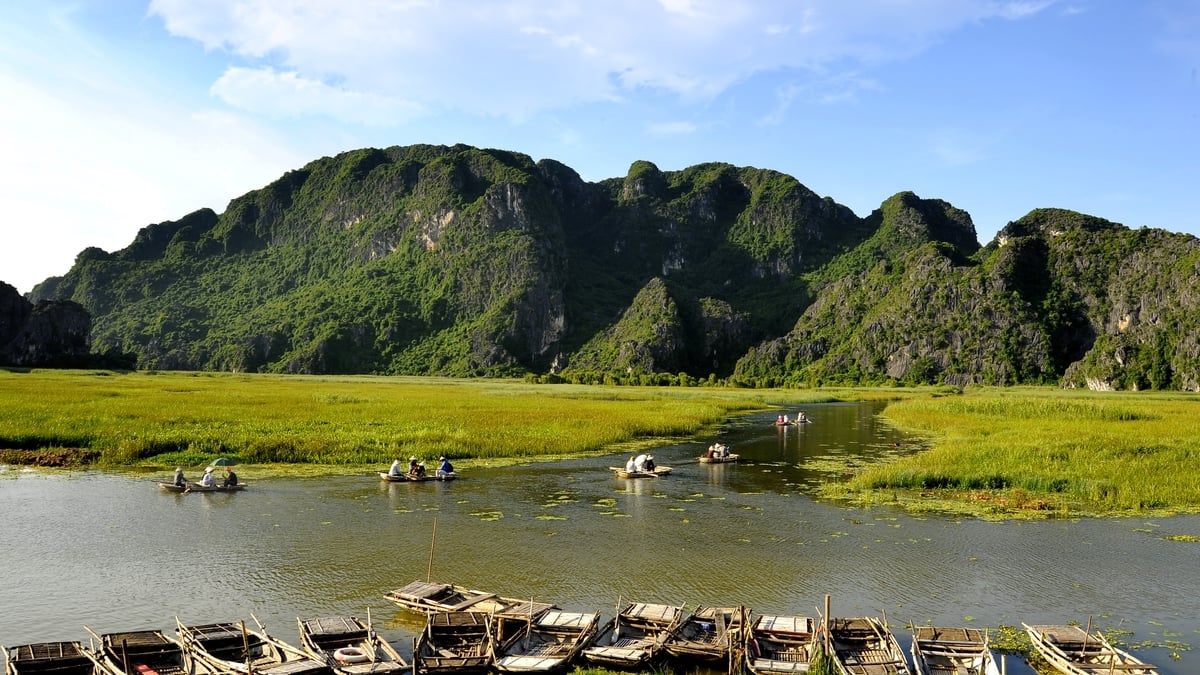
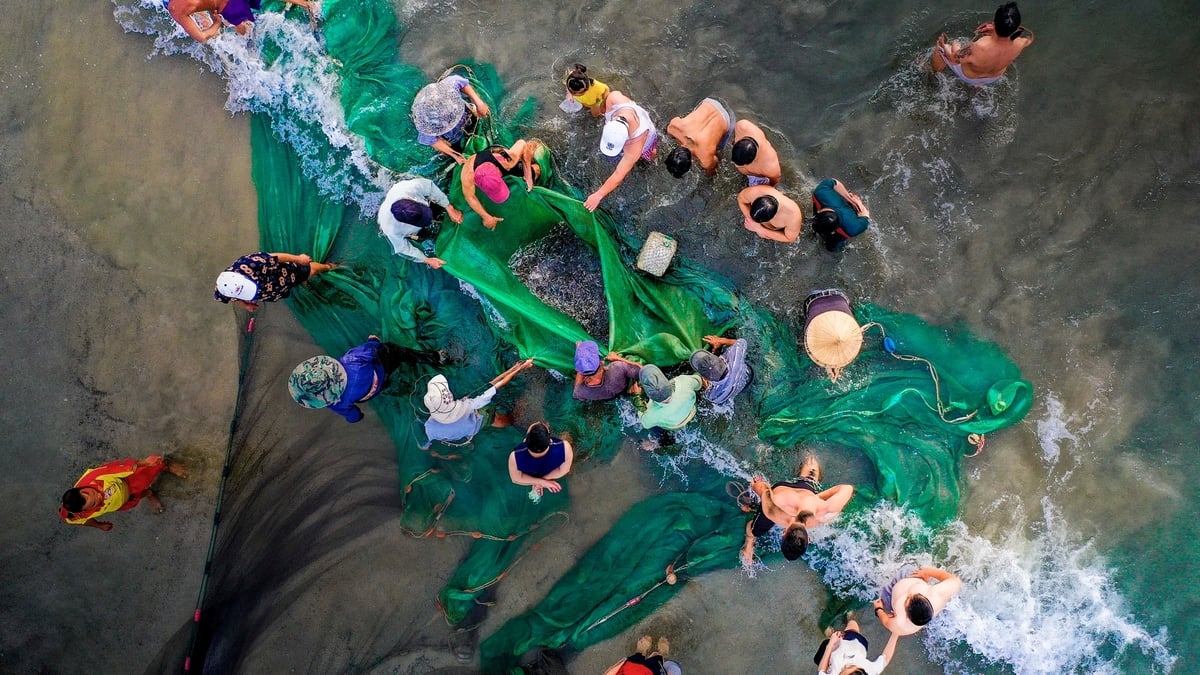
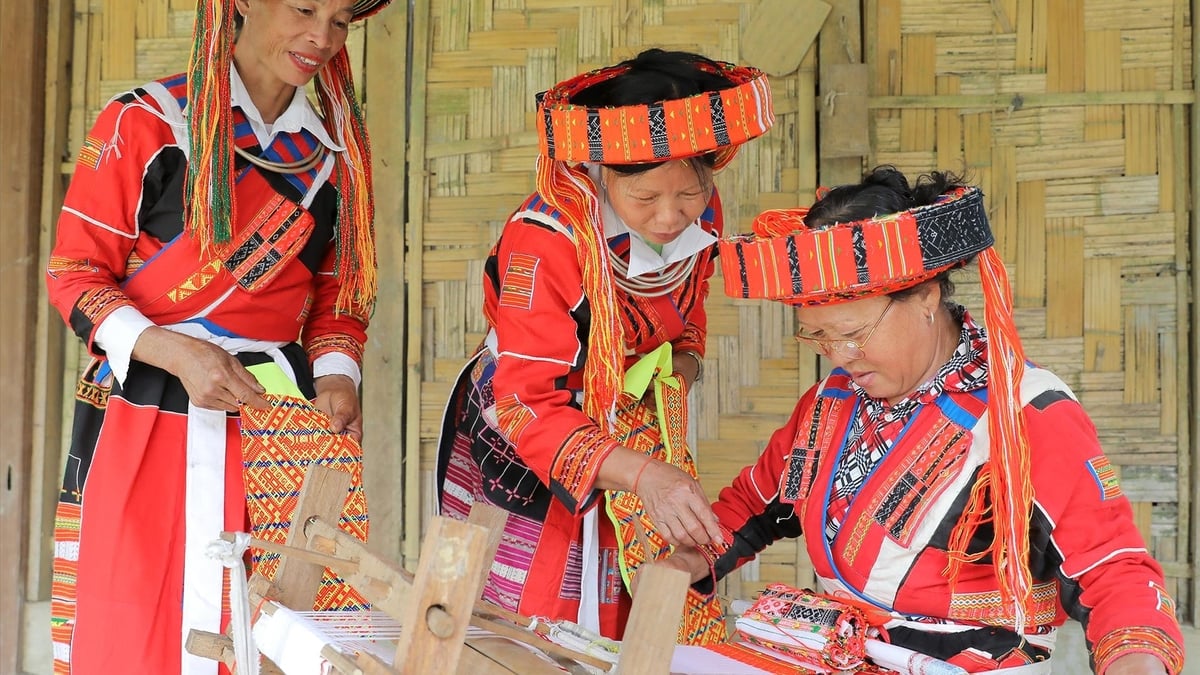
![[Photo] General Secretary To Lam works with the Standing Committee of Quang Binh and Quang Tri Provincial Party Committees](https://vphoto.vietnam.vn/thumb/1200x675/vietnam/resource/IMAGE/2025/6/25/6acdc70e139d44beaef4133fefbe2c7f)


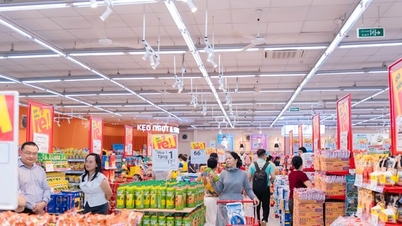



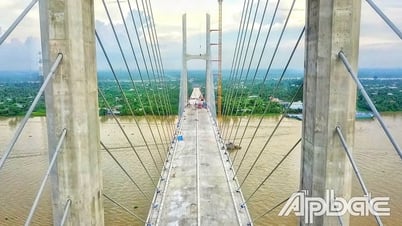

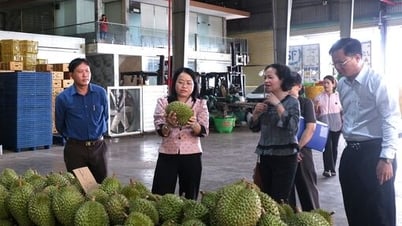



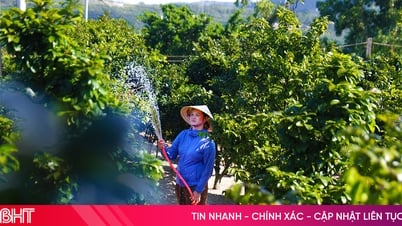






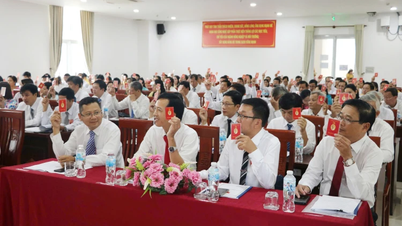
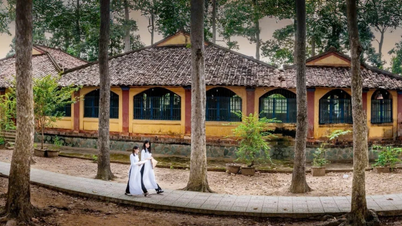
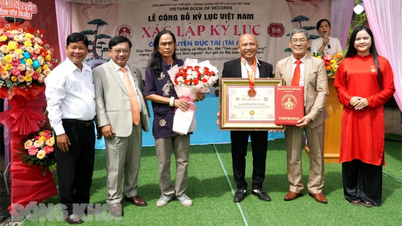
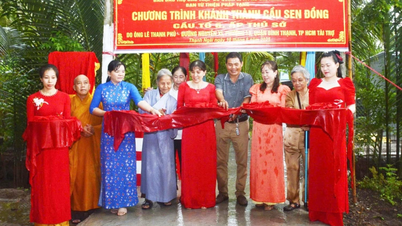

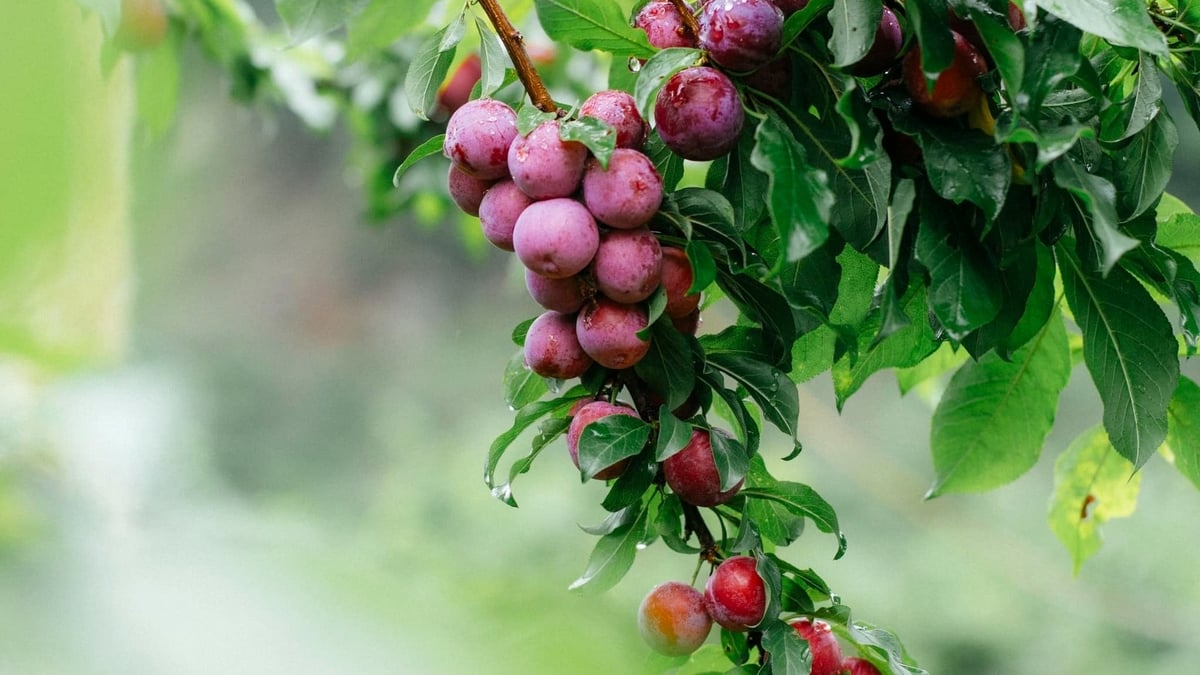
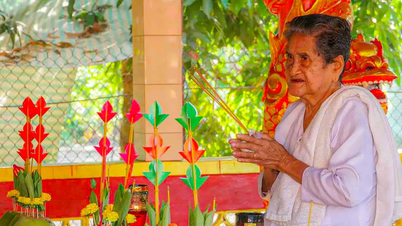




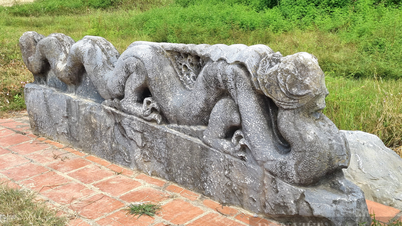
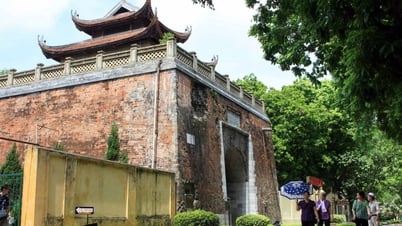

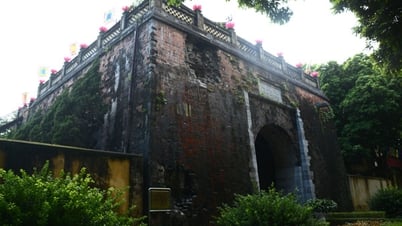

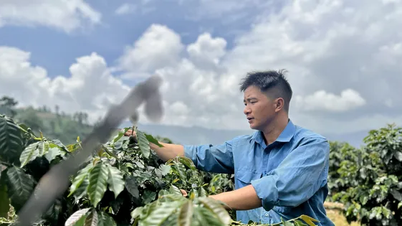

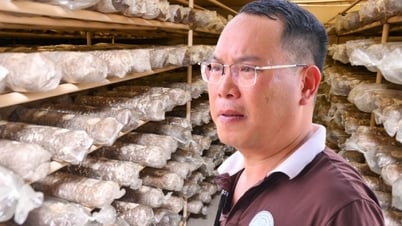



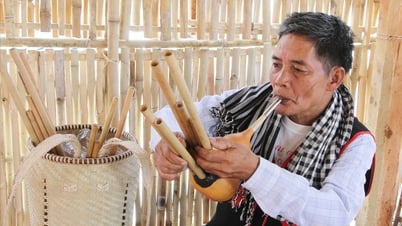






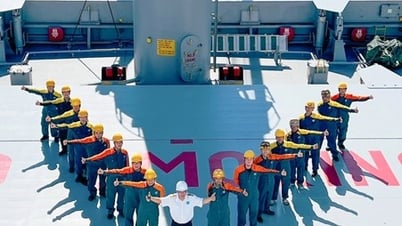


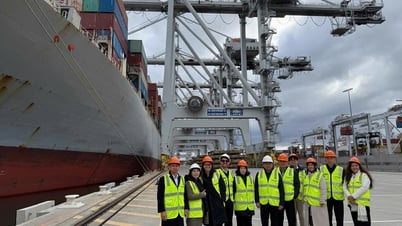
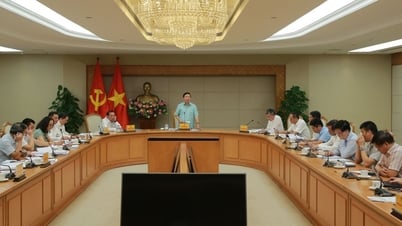

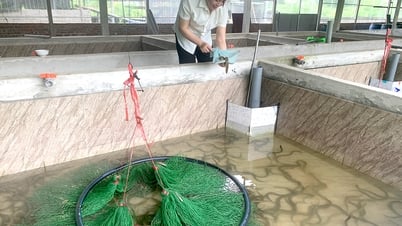

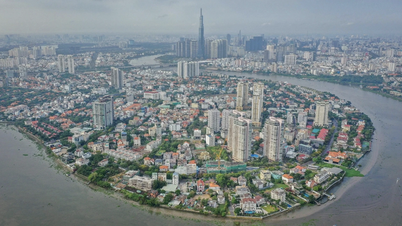

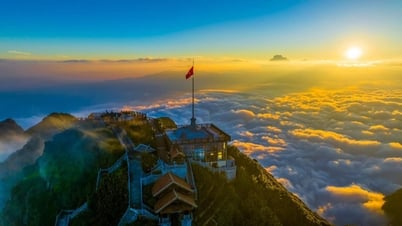





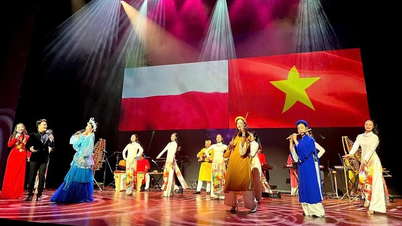
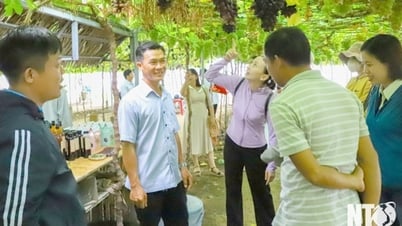

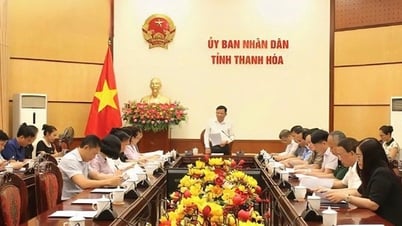
![[Infographic] Circular regulating the decentralization and division of authority of local authorities at two levels in the field of culture, sports and tourism](https://vphoto.vietnam.vn/thumb/402x226/vietnam/resource/IMAGE/2025/6/25/b35f975208474e129486cdc9841c240c)
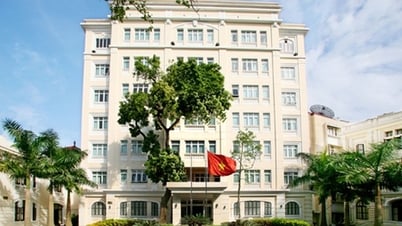
![[Infographic] Demarcation of authority of two-level local government in the fields of culture, sports and tourism](https://vphoto.vietnam.vn/thumb/402x226/vietnam/resource/IMAGE/2025/6/25/594a47cf796643efbd52c77da8b6fee6)
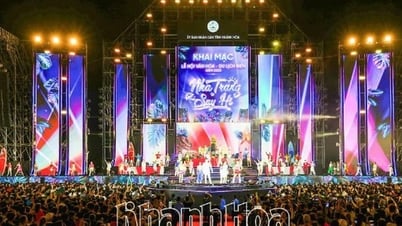
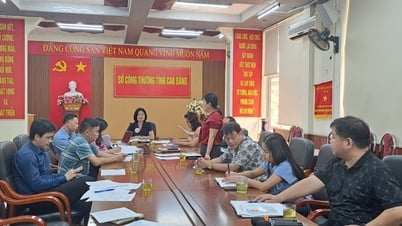

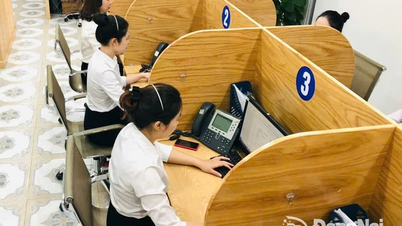

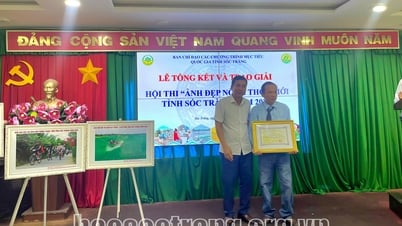

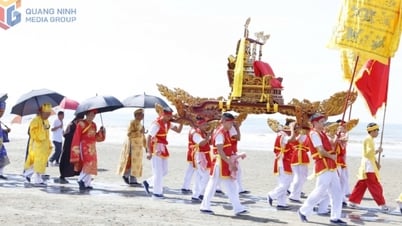
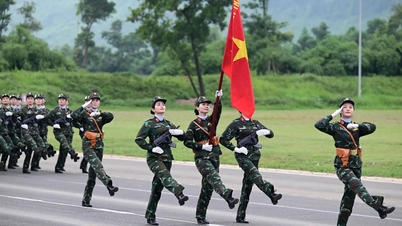










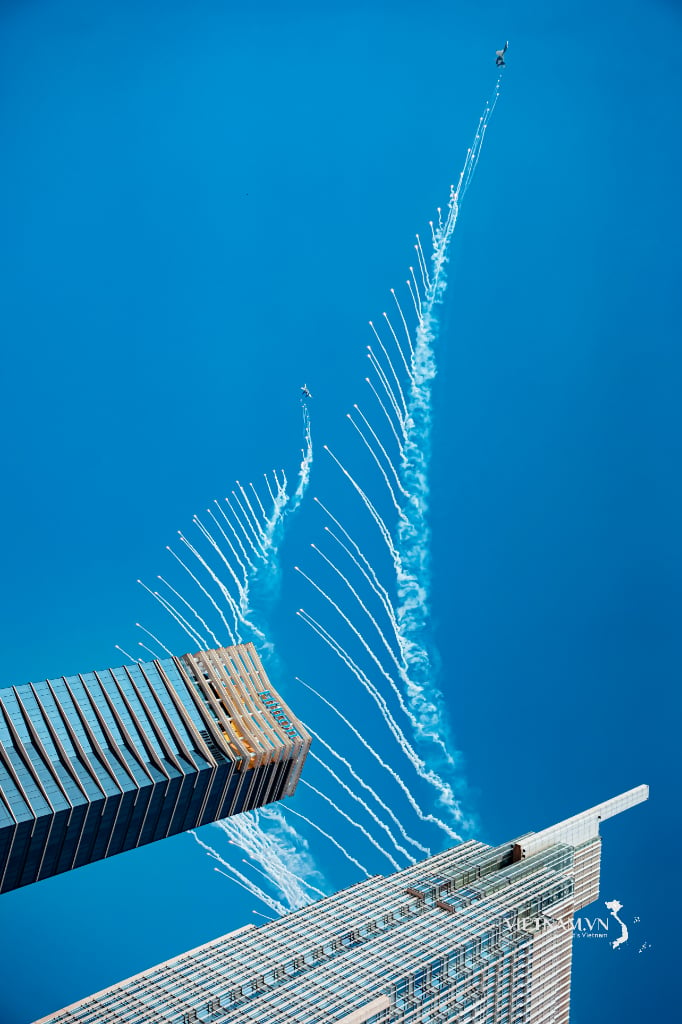



Comment (0)